Breast cancer is one of the most common types of cancer that occur in women. It is a condition in which the breast’s cells proliferate out of control. Breast cancer comes in several forms. Which breast cells develop into cancer and how fast they develop determines the breast cancer stages. However, breast cancer stages and symptoms can be prevented early on with the right precautions and a proper understanding of the disease.
What you should know:
- Signs and symptoms of breast cancer
- Causes of breast cancer
- Breast cancer stages
- Breast cancer treatment
Signs and symptoms of breast cancer
 Breast cancer starts in the inner lining of the milk ducts or lobules and gradually spreads to the other body parts. The first symptom of breast cancer is thickened tissue in the breast or lumps in the breast or armpit.
Breast cancer starts in the inner lining of the milk ducts or lobules and gradually spreads to the other body parts. The first symptom of breast cancer is thickened tissue in the breast or lumps in the breast or armpit.
Symptoms also include a rash on or around one nipple, a sunken or inverted nipple, discharge from a nipple that may contain blood, redness in the skin of the breast, a change in the size or shape of the breast, and peeling of the skin of the nipple or breast.
While breast cancer is prevalent in women, men are also susceptible to it. The first stage of breast cancer symptoms among men include a lump in the breast, flaky skin or redness in the breast, irritation or dimpling of the skin, pulling or pain in the nipple area or nipple discharge.
Causes of breast cancer
Breast cancer develops as a result of genetic mutations or damage to DNA. These factors can be related to exposure to estrogen, inherited genetic defects, or inherited genes that can cause cancer. Causes of breast cancer also include obesity, especially after you hit menopause.
Some other causes of breast cancer include:
- Age: The risk of breast cancer increases with age, especially for women, with women above the age of 50 being at a higher risk of developing the condition.
- Dense breast tissues: Given that more cells have the potential to become malignant, women with dense breast tissue may have a higher risk of getting breast cancer.
- Hormonal issues: Estrogen, a female hormone, may stimulate the growth of breast cancer cells. The amount of estrogen your body is exposed to may slightly increase your risk of developing breast cancer.
- Radiation: Your chance of developing breast cancer may slightly rise if you have certain radiation-based medical treatments, including X-rays and CT scans.
When a person is diagnosed with cancer, the cells within the breast tissue begin to multiply uncontrollably. This excessive cell growth forms a tumor that deprives surrounding cells of nutrients and energy.
Breast cancer stages
Breast cancer stages are classified based on factors like the size and location of the tumor, how likely it is to grow or spread, whether it has spread to nearby lymph nodes or other parts of the body, etc. The generally accepted stages of breast cancer are as follows:
- Stage 0: Also known as carcinoma in situ, this term denotes the presence of cancer cells that, because of their early detection, have not yet spread.
- Stage 1: At this stage, a microscopic tumor may or may not have slightly advanced to a nearby lymph node. Cancer in the lymph nodes measuring between 0.2 mm and 2 mm is discovered in the latter phases of this stage.
- Stage 2: The tumor here is larger than stage 1 and may have spread to a few adjacent lymph nodes. The cancer can spread to one to three lymph nodes and ranges in size from 20 mm to 50 mm.
- Stage 3: In stage 3, the tumor has reached four to nine lymph nodes, which may cause the breast or chest to swell.
- Stage 4: Breast cancer here is metastasized or becomes mobile, spreading to distant organs, usually the liver, lungs, or bones. This is a more advanced form of the condition known as metastatic breast cancer.
Breast cancer treatment
 Here is how you can get your early-stage breast cancer treated:
Here is how you can get your early-stage breast cancer treated:
Surgery – Getting surgery depends on the type of diagnosis. A lumpectomy can curb the spread of cancer by removing the tumor and a small amount of healthy tissue surrounding it. This option is plausible if the tumor is small and easy to separate from the surrounding area. Mastectomy involves removing the breast’s lobules, nipple, fatty tissues, areola, ducts and some skin, and this is followed by reconstruction. Sentinel node biopsy is done if breast cancer reaches the sentinel lymph nodes, then it can spread to the rest of the body through the lymphatic system. There is also axillary lymph node dissection to remove several lymph nodes from the armpit and prevent the spread of cancer.
Chemotherapy – If there is a high risk of recurrence of cancer, then a doctor may prescribe cytotoxic chemotherapy. Chemotherapy before surgery to shrink the tumor is called neoadjuvant chemotherapy. It is frequently administered as an outpatient procedure, so you won’t need to spend the night in the hospital. Typically, the medications are infused directly into a vein by a drip. Chemotherapy’s main adverse effects are induced by its impact on normal, healthy cells, such as immune cells.
Radiation therapy – A person may undergo radiation therapy around one month after surgery or chemotherapy. Controlled doses of radiation target the tumor to kill any remaining cancer cells.
Hormone therapy – Estrogen and progesterone, two naturally occurring hormones in your body, can promote the growth of some breast cancers. These are hormone receptor-positive cancers. Hormone-blocking therapy prevents such hormone-sensitive cancer from returning after treatment. Postmenopausal women with hormone receptor-positive tumors may undergo neoadjuvant hormone therapy.
With such information at hand, you can always be careful about a severe and life-threatening condition like cancer. In addition, making healthier lifestyle choices always help build a stronger immunity in the long run.
Stay tuned to the Activ Living Community. Keep up to date with the latest health tips and trends through expert videos, podcasts, articles, and much more in nutrition, fitness, mindfulness, and lifestyle conditions like Asthma, Blood Pressure, Cholesterol, and Diabetes.
You might also be interested in the following blogs:
- 4 Must Know Things About Breast Cancer
- How To Minimize The Risk Of Breast Cancer With A Healthy Lifestyle?
Popular Searches
How to lower blood pressure | Fruits good for liver | Unhealthy foods | Ragi Benefits | Basal Metabolic Rate | Acupressure points for High Blood Pressure | Ayurvedic medicine for blood pressure | How to control cholesterol at home | Homeopathy for Asthma | Biological Age | Home remedies for TB | Natural beta blockers | Negative effects of internet | Types of walking | Blood pressure calculator | Blood sugar calculator | BMI Calculator





 1800-270-7000
1800-270-7000


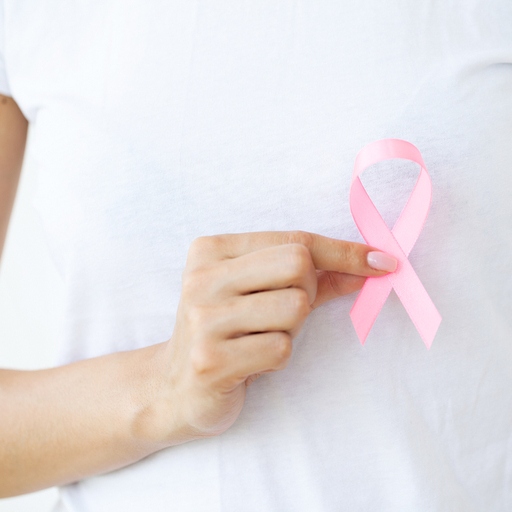
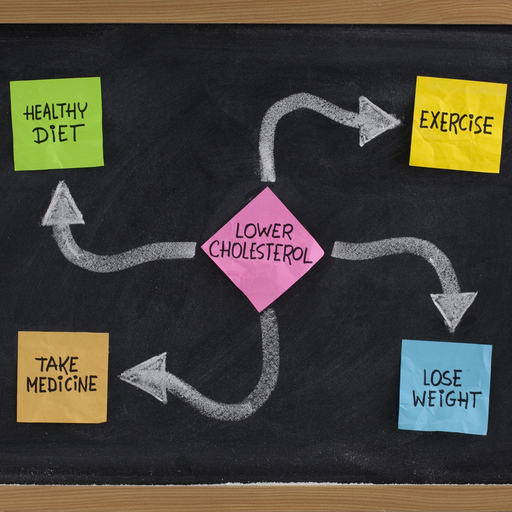

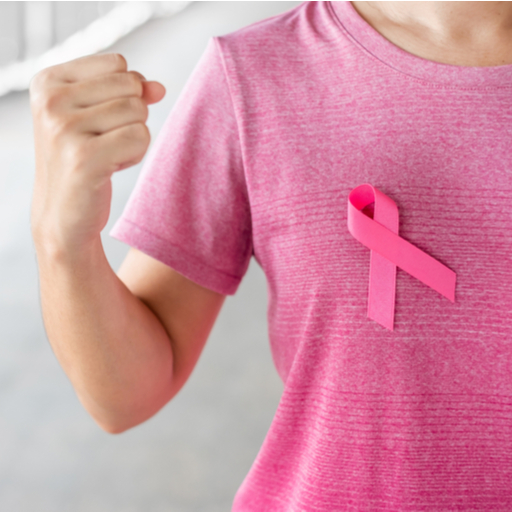
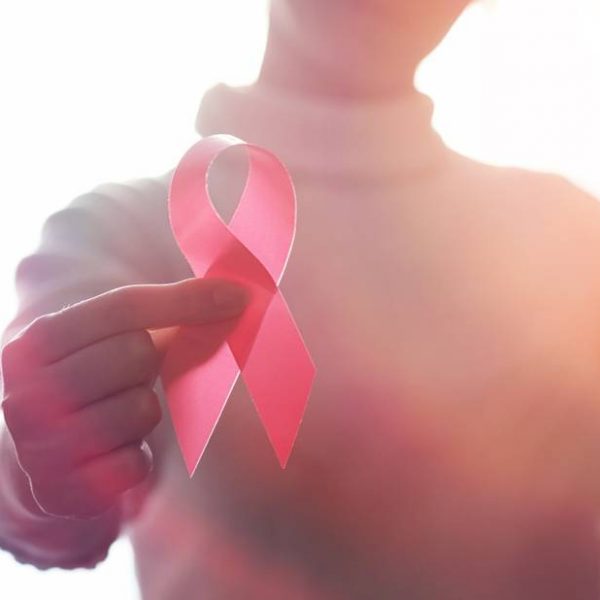
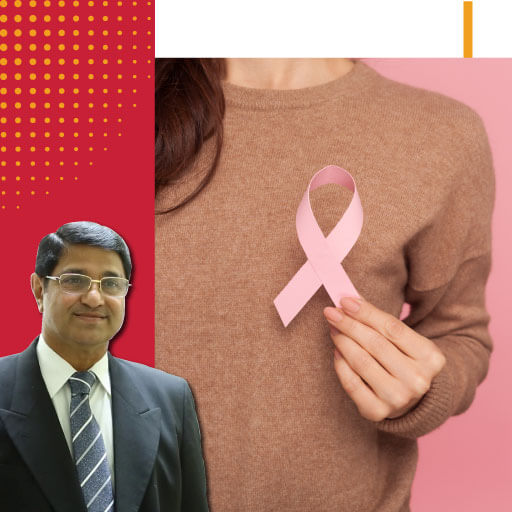




The fact that the paper said that early breast cancer is primarily confined to the breast or may spread to the lymph nodes and armpits struck me as particularly fascinating. My friend has stage 1 breast cancer and needs quick treatment. I’ll advise her to consult a specialist for guidance on the course of action.